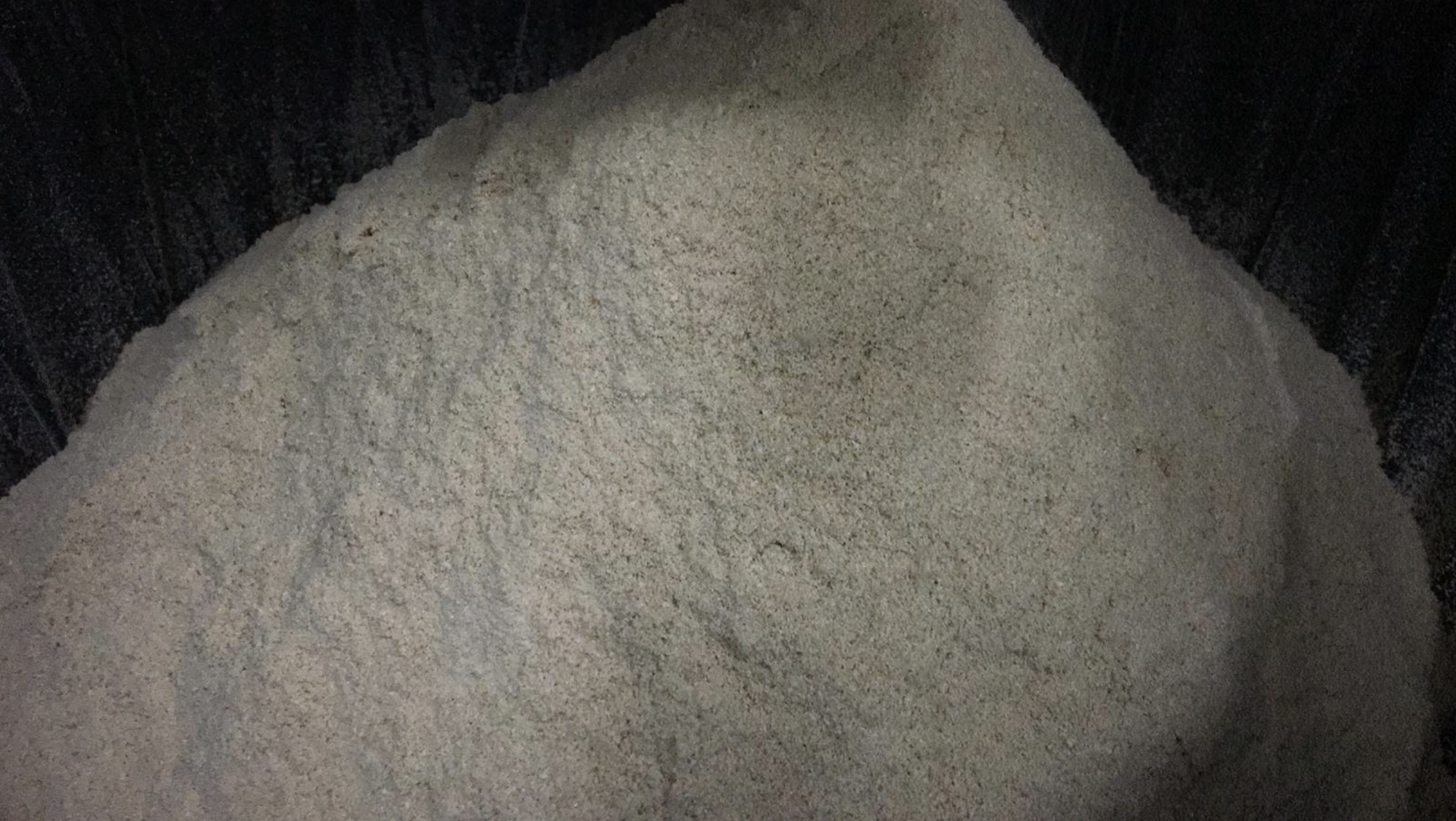Description
🚚 The fastest delivery time : 2-day delivery.
🐝 Supplier / Origin : From local factory in Hong Kong
🔖 Certification :
🛍 Product Information :
Rice bran is the outer layer of the rice grain (pericarp and germ) removed during milling to produce white rice. It appears as a light yellowish-brown powder, rich in dietary fiber, B-vitamins, vitamin E, minerals, and γ-oryzanol. Known in Japanese as kome nuka (米ぬか), it is traditionally used for pickling (nukazuke), miso fermentation, skincare (nuka bags), and animal feed. In Taiwan, it is mainly used as compost or pig feed. With a fragrant, nutty aroma, it is now refined into healthy oils and functional foods.

Rice bran
Rice bran is a byproduct of the rice milling process (the conversion of brown rice to white rice), and it contains various antioxidants. A major rice bran fraction contains 12%–13% oil and highly unsaponifiable components (4.3%).[citation needed] This fraction contains tocotrienols (a form of vitamin E), gamma-oryzanol and beta-sitosterol; all these constituents may contribute to the lowering of the plasma levels of the various parameters of the lipid profile. Rice bran also contains a high level of dietary fibres (beta-glucan, pectin and gum). It also contains ferulic acid, which is also a component of the structure of nonlignified cell walls.
One study found levels 20 percent higher than in contaminated drinking water. Therefore, the safety of the land and the pollution of river water will directly affect the risk of people absorbing heavy metals from white rice.
Research
Like cereal fiber and whole grains, bran is being investigated for its potential to improve nutrition and impact chronic disease. Research in recent years has found that rice bran nutrients have made new progress in anti-aging skin care products. Some skin care and cosmetic companies in Hong Kong use local organically grown white rice in their research and development products, and there will be new progress in anti-aging products.
Rice Bran Soluble Matter
Rice bran solubles are a nutritional product derived from the bran crumbs produced when brown rice is converted to white rice. The shavings are often discarded or used as animal feed. In Japan, they are used in some traditional pickling recipes. To produce rice bran solubles, rice bran crumbs are heat-treated to extend shelf life, followed by enzymatic extraction to collect water-soluble components.
Rice bran solubles are used as nutritional supplements. This supplement is sometimes called tocos because of its high content of tocopherol (vitamin E). Rice bran solubles contain about 15-40% fat, 0-25% dietary fiber, 0-15% protein and 25-80% carbohydrate.
main ingredient
- Phytic acid
- It has the effects of anti-cancer, prevention of urethral calculi and kidney stones, and inhibition of tartar formation.
- Inositol
- Studies have found that it is effective for depression, panic disorder, and obsessive-compulsive disorder caused by fatty liver, hyperlipidemia, and abnormal serotonin.
- ferulic acid
- A substance unique to rice bran. It has the function of preventing ultraviolet absorption and acidification, and is mostly used in food and cosmetics.
- Oryzanol
- A substance unique to rice bran. It can inhibit the absorption of cholesterol, and it is also used in cosmetics with sunscreen effect.
- Dietary fiber
- Vitamin B1
- Vitamin B6
- Vitamin E
- minerals
- iron
- magnesium
- manganese
Google Recipe :

https://www.google.com/search?q=Rice Bran+Recipe
English CookPad: 
https://cookpad.com/us/search/Rice Bran
Cantonese Dietary Recipe : 
https://www.healthy-food.hk/?s=Rice Bran
How to Make Japanese Rice Bran Pickles (Nukazuke)
Ingredients (for 1L nuka bed)
- Fresh rice bran: 800g
- Coarse sea salt: 100g (13% of bran)
- Cold boiled water: 400-500ml
- Kelp: 5x5cm piece
- Dried chili: 1-2 (deseeded)
- Vegetable scraps (for feeding)
- Practice vegetables (cucumber, radish)
Steps
-
Toast bran: Stir-fry 8-10 min until nutty; cool.
-
Mix bed: Combine bran + salt, add water to earlobe consistency. Bury kelp, chili, scraps.
-
Ferment (7-10 days): Stir twice daily. Add practice veggies from day 5, discard after 1 day.
-
Ready when: Golden, yogurt-like sour smell.
-
Pickle: Bury clean dry veggies (cucumber 6-12h, radish 12-24h). Rinse lightly before eating.
-
Maintain: Stir daily, top up bran/salt weekly, keep moist.
Tips: Feed monthly with peels or eggshells. Refrigerate in summer. Can last years with care!
















